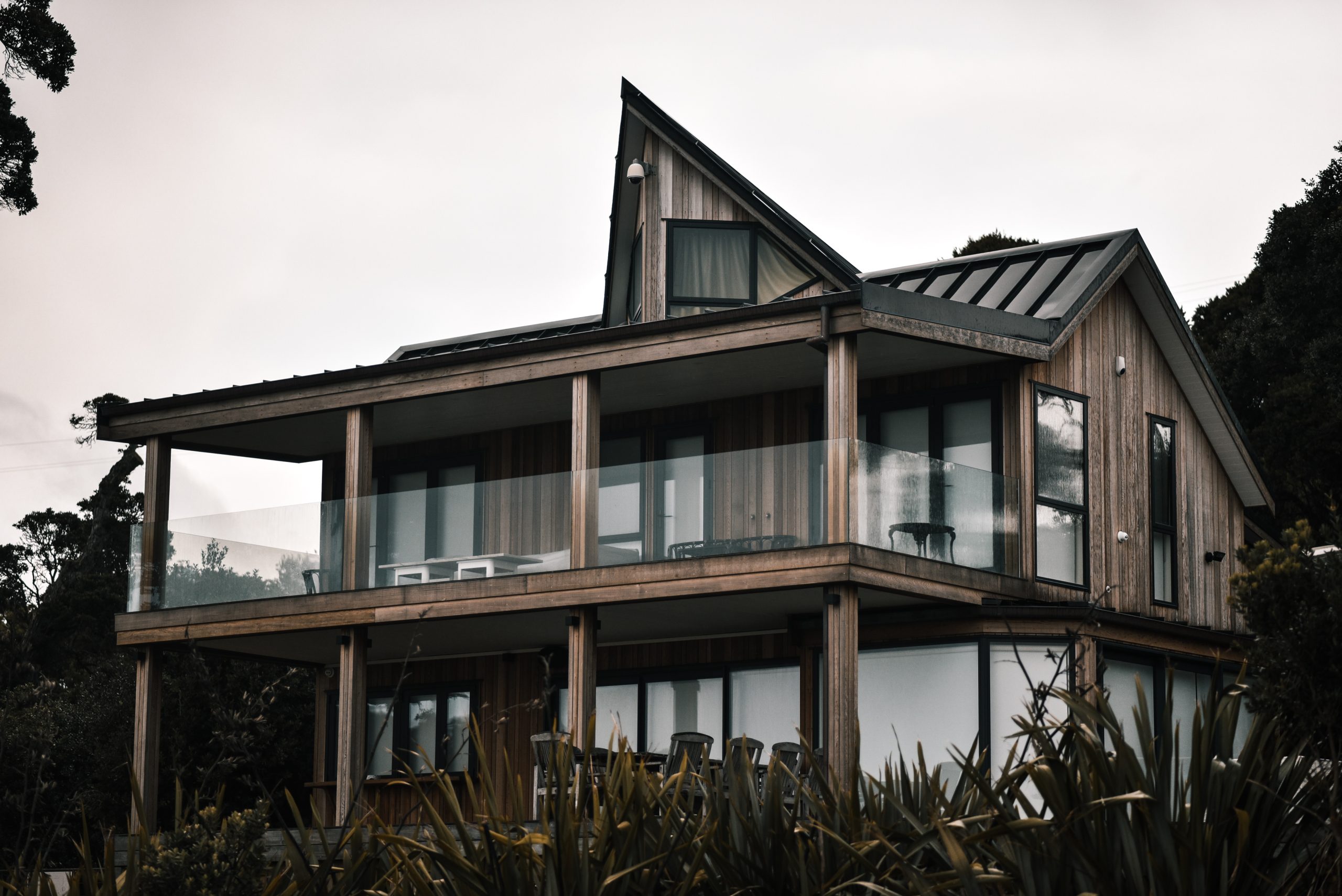Investing in real estate is not only a smart financial decision, but it can also be an exciting adventure. With so many options available, it’s easy to get caught up in the buzz and invest all your resources into one property. However, diversifying your portfolio is key to minimizing risk and maximizing returns. In this blog post, we’ll explore the importance of spreading your investments in real estate and how you can build a diverse portfolio that sets you up for long-term success. So buckle up and let’s dive right in!
What is Real Estate?
Real estate investing is one of the most popular and profitable investment options available. There are a variety of different real estate investment opportunities, each with its own set of risks and rewards.
The two main types of real estate investments are commercial property and residential property. Commercial property is used for businesses or other uses that generate income, while residential property is used for living purposes.
There are a number of different ways to invest in real estate: through buying and selling properties, investing in multifamily properties, investing in land, or investing in development rights. Each type has its own set of benefits and drawbacks, so it’s important to carefully consider which option is best suited for your individual needs and goals.
Commercial Real Estate
One of the most common types of real estate investments is commercial property. Commercial property can be used for a variety of purposes, including businesses, stores, restaurants, offices, or warehouses. Commercial properties typically have higher rental yields than residential properties but tend to have more risk associated with them.
Commercial properties can also be risky due to factors such as weak economic conditions or changing consumer preferences. As a result, it’s important to do thorough research before making any purchases or investments in commercial real estate.
Residential Real Estate
Another common type of real estate investment is residential property. Residential properties can be used for living purposes such as homes or apartments, or they can be used for business purposes such as self-storage units or office space.
The Different Types of Real Estate
There are many different types of real estate, each with its own unique set of benefits and drawbacks. Before you invest in any type of real estate, it’s important to understand the differences so you can make an informed decision.
Here are the four main types of real estate:
1) Commercial Real Estate: This type of real estate is used for businesses and commercial properties. Commercial properties can be anywhere from small shops to large offices, and they tend to be more expensive than residential properties. Commercial properties also tend to have a longer life span than residential properties, as businesses may operate for many years without needing to change locations or undergo major renovations. However, commercial properties are also more volatile than residential properties, and can experience a greater number of fluctuations in their value.
2) Residential Real Estate: This type of real estate is used for homes and apartments. Residential properties can be found all over the world, from high-end neighborhoods in major cities to quiet rural areas. Residential property values tend to fluctuate less than commercial property values, but they do experience occasional dips in value due to market fluctuations or other factors. Additionally, when purchasing a residential property, it’s important to consider both the current and future demand for that particular type of property – if there’s a sudden spike in demand for apartments near a metro area for example, prices for those specific apartments could go up considerably higher than usual.
3) Land Real Estate: This type of real estate is used
Pros and Cons of Investing in Real Estate
Pros and Cons of Investing in Real Estate
There are many pros to investing in real estate, but like any other investment, there are also certain cons. Before making the decision to invest in real estate, it is important to weigh the benefits and drawbacks of this type of investment.
One of the biggest pros of investing in real estate is that it offers a great opportunity for diversification. By spreading your investments across different sectors, you can reduce the risk associated with any one sector or market. Additionally, real estate is a long-term investment and usually has a horizon of 10-20 years. This means that even if the market falls temporarily, you will still be able to ride out the storm since your assets will have been locked up for an extended period of time.
Another big benefit of investing in real estate is that it tends to be relatively stable compared to other types of investments. In fact, during recessions, most markets tend to stay fairly flat – meaning that you will not see as large a drop in value as you would with stocks or other types of investments.
However, there are also some caveats associated with investing in real estate: first and foremost is the fact that it can be quite volatile – meaning that prices can move up and down a lot more than they do with other types of investments. Secondly, unlike stocks or bonds which offer investors a fixed return on their investment, real estate typically only offers inflation protection (meaning that
What are the Different Types of Real Estate Investments?
There are a number of different types of real estate investments you can make to build a diverse portfolio.
Here are the different types of real estate investments:
1. Property Investment
This type of investment is buying, selling, or renting out property. You can use this investment to generate income or to make your own home more available.
2. Real Estate Holding
With this type of investment, you buy a property and then hold on to it as long as possible in order to maximize its value. This type of investment can be risky, but it also has the potential for high returns.
3. Real Estate Trading
With this type of investment, you buy and sell properties quickly in order to make a profit. This type of investment is riskier than other forms, but it also has the potential for high returns.
Conclusion
In order to build a diverse portfolio and achieve investment success, it is important to have real estate investments spread out throughout the market. By doing so, you are less likely to be concentrated in any one area of the market and more likely to withstand fluctuations. Additionally, by investing in different types of real estate properties (single family homes, apartments, office buildings), you can diversify your risks and increase your chances of achieving long-term gains. If you’re still undecided about whether or not investing in real estate is right for you, our team at First American Financial can help you get started by constructing a custom investment plan tailored to your unique needs and goals.










